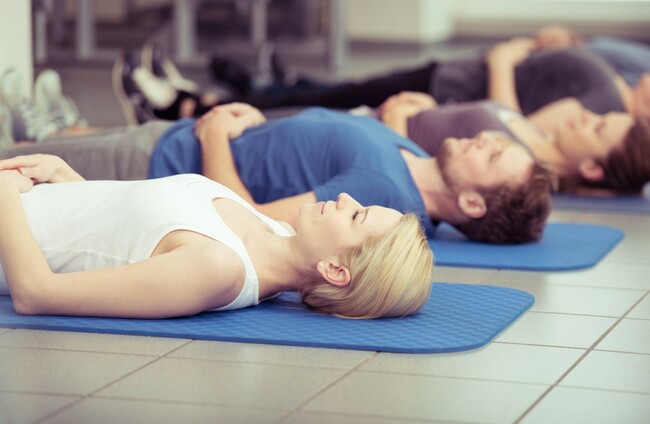IF YOU READ last week’s article you may already have an appreciation for the power of our breath; the positive effect on our health and well-being that learning to inhale and exhale fully and effectively can have.
No longer a practice reserved exclusively for yogis and functional movement specialists, the importance of breathing and repositioning activities is well recognised in strength and conditioning circles and forms an integral part of human movement optimisation.
Understanding the role of the central nervous system and the effect proximal structures like the rib cage and pelvis have on surrounding joints and structures has a profound effect on performance; increase the efficiency, strength and endurance of your respiration and increase your athletic performance.
Breathing is a process that requires a coordinated contraction/relaxation of various muscles, muscles that work hard during training and need training themselves.
If you want to increase your strength you need to learn to breathe properly, if you want to move better you need to learn to breathe properly.
Taking a more holistic approach to training is all well and good in theory but people still have specific athletic, health or body composition goals and as a coach, it is our job to create the adaptations in our clients to get them there.
Spend your PT sessions teaching the anatomy and physiology of breathing and you may find yourself rapidly losing clients so the question is how do you take the cornerstones of physical preparation — respiration, joint positioning, effects of the nervous system and the natural asymmetries of our bodies — and incorporate them effectively into our strength and endurance training programs?
Get into better positions first and then train those positions.
If you already tried the breathing exercise in last week’s article, take a look at the exercises below.
Use them as corrective exercises to address dysfunctional movement patterns or limitations, incorporate them into your warm up/cool down or simply as “fillers” between working sets of strength exercises.
While everyone has their own idiosyncrasies, the focus should be on the following;
- Move out of an extension posture
- Decrease sympathetic tone
- Teach control of the ribs and pelvis
- Teach coordination of the diaphragm for use in respiration
90/90 hip lift
This is a basic position that allows for development of optimal breathing patterns and kinaesthetic awareness.
You will get feedback from the ground through your back, a posterior pelvic tilt and hamstring activation with the feet on the wall, which allows you to gain an understanding of the positioning and active control of the rib cage, pelvis and abdominals that can then be applied to performance of bigger, compound lifts like squats and deadlifts.
All fours belly lift
Helpful position to restore flexion in the thorax, reiterate that posterior pelvic tilt and learn how to expand the rib cage posteriorly through proper breathing mechanics. T
his exercise allows for restoration of what is called the “zone of apposition” (essentially, the region into which our diaphragm must expand to function fully) and has the added benefits of decreasing the neural tone in our back extensors and facilitating the muscles integral to our shoulder health and mobility.
Dead bug
A staple in anterior core/anti-extension training. Using a full exhale will help dial in the form and make this exercise more challenging with increased activation and therefore, increased training effect.
Try switching it up and instead of thinking about sets and reps, think about breaths. Try five to six breaths with a full exhale, pause for three seconds before fully inhaling again.
Bird dog
Another anti-extension exercise, but with an anti-rotational element added, this activation exercise essentially inverts the dead bug.
Without the feedback of your back in contact with ground, postural awareness, positioning and breathing becomes even more important to resist those extension and rotational forces.
This is an often butchered exercise, but if performed correctly, teaches proper movement and motor control between lumbar spine, abdominals and pelvis.
So, there you have it; breathe deeply for a fuller, healthier life.
Sarah Cremen is a personal trainer and physiotherapist based in David Lloyd Riverview in Dublin. For more health and fitness advice and tips, you can follow her on Facebook, Instagram or Twitter. Alternatively, you can visit her website.
The42 is on Instagram! Tap the button below on your phone to follow us!

